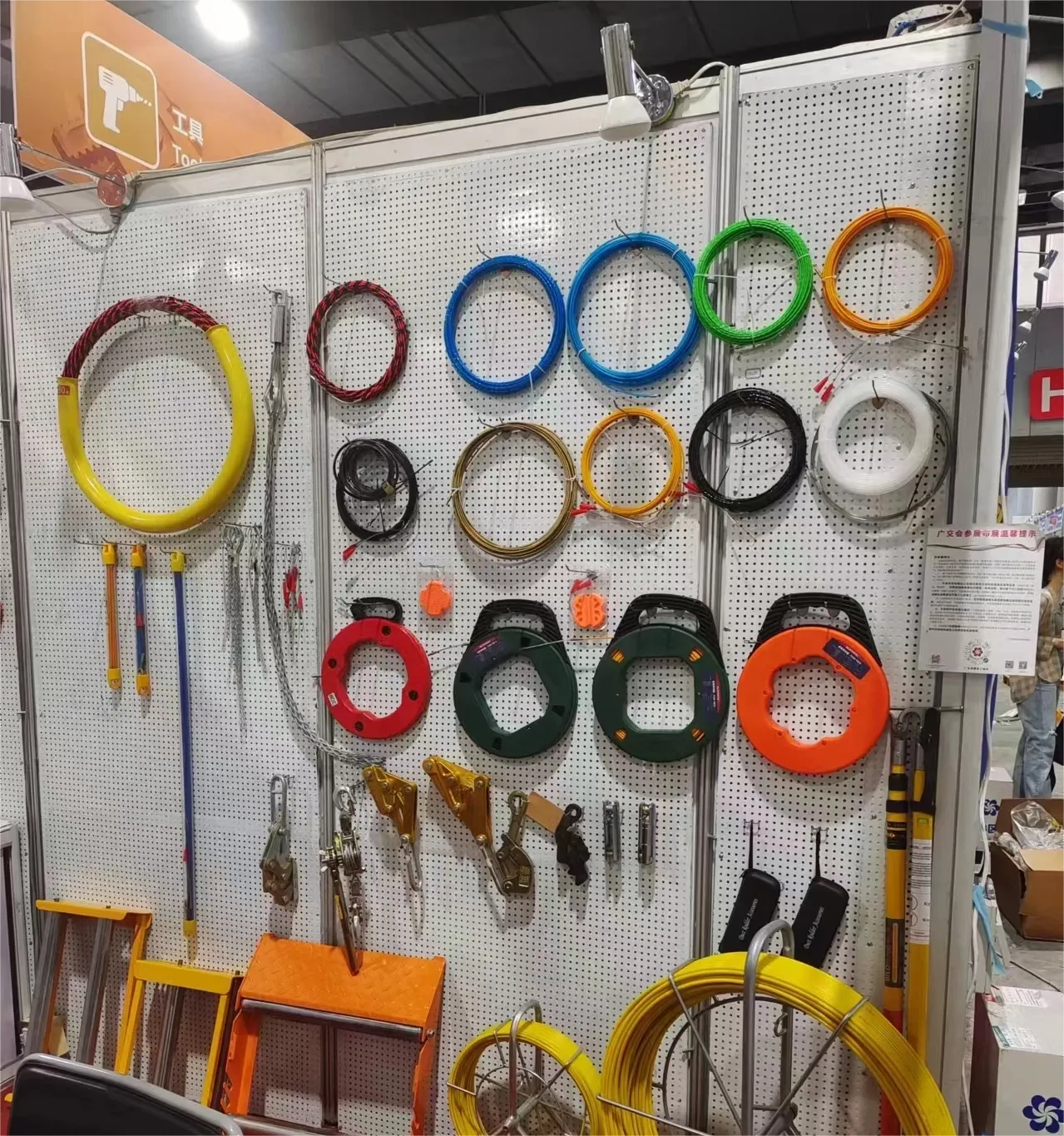
-
 Afrikaans
Afrikaans -
 Albanian
Albanian -
 Amharic
Amharic -
 Arabic
Arabic -
 Armenian
Armenian -
 Azerbaijani
Azerbaijani -
 Basque
Basque -
 Belarusian
Belarusian -
 Bengali
Bengali -
 Bosnian
Bosnian -
 Bulgarian
Bulgarian -
 Catalan
Catalan -
 Cebuano
Cebuano -
 Corsican
Corsican -
 Croatian
Croatian -
 Czech
Czech -
 Danish
Danish -
 Dutch
Dutch -
 English
English -
 Esperanto
Esperanto -
 Estonian
Estonian -
 Finnish
Finnish -
 French
French -
 Frisian
Frisian -
 Galician
Galician -
 Georgian
Georgian -
 German
German -
 Greek
Greek -
 Gujarati
Gujarati -
 Haitian Creole
Haitian Creole -
 hausa
hausa -
 hawaiian
hawaiian -
 Hebrew
Hebrew -
 Hindi
Hindi -
 Miao
Miao -
 Hungarian
Hungarian -
 Icelandic
Icelandic -
 igbo
igbo -
 Indonesian
Indonesian -
 irish
irish -
 Italian
Italian -
 Japanese
Japanese -
 Javanese
Javanese -
 Kannada
Kannada -
 kazakh
kazakh -
 Khmer
Khmer -
 Rwandese
Rwandese -
 Korean
Korean -
 Kurdish
Kurdish -
 Kyrgyz
Kyrgyz -
 Lao
Lao -
 Latin
Latin -
 Latvian
Latvian -
 Lithuanian
Lithuanian -
 Luxembourgish
Luxembourgish -
 Macedonian
Macedonian -
 Malgashi
Malgashi -
 Malay
Malay -
 Malayalam
Malayalam -
 Maltese
Maltese -
 Maori
Maori -
 Marathi
Marathi -
 Mongolian
Mongolian -
 Myanmar
Myanmar -
 Nepali
Nepali -
 Norwegian
Norwegian -
 Norwegian
Norwegian -
 Occitan
Occitan -
 Pashto
Pashto -
 Persian
Persian -
 Polish
Polish -
 Portuguese
Portuguese -
 Punjabi
Punjabi -
 Romanian
Romanian -
 Russian
Russian -
 Samoan
Samoan -
 Scottish Gaelic
Scottish Gaelic -
 Serbian
Serbian -
 Sesotho
Sesotho -
 Shona
Shona -
 Sindhi
Sindhi -
 Sinhala
Sinhala -
 Slovak
Slovak -
 Slovenian
Slovenian -
 Somali
Somali -
 Spanish
Spanish -
 Sundanese
Sundanese -
 Swahili
Swahili -
 Swedish
Swedish -
 Tagalog
Tagalog -
 Tajik
Tajik -
 Tamil
Tamil -
 Tatar
Tatar -
 Telugu
Telugu -
 Thai
Thai -
 Turkish
Turkish -
 Turkmen
Turkmen -
 Ukrainian
Ukrainian -
 Urdu
Urdu -
 Uighur
Uighur -
 Uzbek
Uzbek -
 Vietnamese
Vietnamese -
 Welsh
Welsh -
 Bantu
Bantu -
 Yiddish
Yiddish -
 Yoruba
Yoruba -
 Zulu
Zulu


11月 . 04, 2024 14:40 Back to list
Exploring the Functions of D-Type Anchors and Shackles in Marine Applications
Understanding D-Type Anchor Shackles A Comprehensive Guide
When it comes to rigging and lifting operations, the importance of using the right equipment cannot be overstated. One critical component in this field is the D-type anchor shackle, which is widely recognized for its reliability and strength. In this article, we will delve into the details of D-type anchor shackles, exploring their design, applications, and safety considerations.
What is a D-Type Anchor Shackle?
A D-type anchor shackle is a type of shackle characterized by its distinctive D-shape, which resembles the letter D. This design allows the shackle to efficiently bear loads and withstand substantial forces, making it an essential tool in various lifting and rigging applications. The primary purpose of a D-shackle is to connect two components, such as a chain to a hook or other rigging equipment, providing a secure and reliable link.
Design Features
D-type anchor shackles come in various sizes and materials, making them suitable for different tasks. Typically, they are made from high-strength steel, which ensures durability and resistance to wear and tear. Additionally, D-shackles are often treated with protective coatings to prevent corrosion, particularly when used in harsh environments such as marine applications.
One of the key design features of a D-shackle is its screw pin or bolt-type closure. The screw pin version allows users to easily open and close the shackle without the need for specialized tools, while the bolt-type design offers a more secure and permanent connection. This versatility makes D-shackles a preferred choice among rigging professionals.
Applications
d type anchor shackle

D-type anchor shackles find applications in a myriad of industries, including construction, shipping, and offshore operations. They are commonly used in lifting heavy loads, securing equipment, and anchoring vessels. For example, in the construction industry, D-shackles are often employed to lift and move heavy materials like steel beams and precast concrete panels.
In marine settings, D-shackles play a crucial role in mooring vessels, allowing boats and ships to be tied securely to docks or buoys. Furthermore, their strength and reliability make them ideal for use in towing operations, ensuring that hefty loads can be transported safely.
Safety Considerations
While D-type anchor shackles are robust and dependable, it is essential to adhere to safety protocols when using them. Users must always verify the load capacity of the shackle before usage to prevent overloading, which can lead to failure and accidents. Each shackle typically comes with a working load limit (WLL), clearly stated on its body, which should never be exceeded.
Regular inspections are also vital. Users should check for signs of wear, deformation, or corrosion and replace any damaged shackles immediately. Using shackles that are compatible with the rigging equipment is another critical safety consideration; mismatched equipment can lead to unsafe conditions.
Conclusion
In conclusion, D-type anchor shackles are an indispensable component in various lifting and rigging applications, offering strength, versatility, and reliability. Their unique design allows for efficient load-bearing connections, making them a popular choice in many industries. However, it is crucial to follow safety best practices to ensure the safe operation of equipment. By understanding the features and applications of D-type anchor shackles, users can make informed choices and maintain safe working conditions in their operations. Whether on construction sites, in shipping yards, or aboard vessels, these shackles continue to play a vital role in ensuring safe and effective rigging practices.
Latest news
What Are Construction Tools and How Are They Used?
NewsJul.11,2025
Professional-Grade Duct Rodding Tools for Superior Cable Installation
NewsJul.11,2025
Enhancing Safety and Efficiency with Modern Hot Stick Solutions
NewsJul.11,2025
Empowering Cable Installation with Advanced Rodder Solutions
NewsJul.11,2025
Elevate Your Cable Installation Projects with Cable Pulling Tools
NewsJul.11,2025
Efficient Cable Handling Solutions: Cable Rollers for Sale
NewsJul.11,2025











